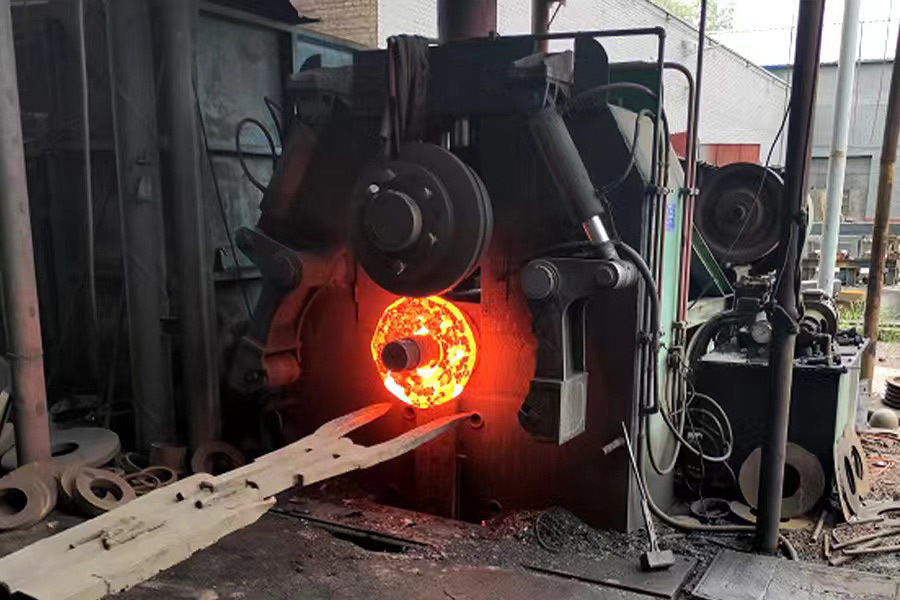Flanges - Their Role in Piping Systems
Published Time:
2025-04-21
A flange, also called a flange plate, connects to pipes, equipment, and containers through welding methods such as butt welding, socket welding, and lap welding, as well as threaded connections and clamps. The connection of two flanges allows pipes to connect with other pipes and equipment, forming a pipeline system. This is the function of flanges in piping systems. Two flanges are connected using a gasket between them, which is then tightened with bolts to create a sealed, detachable connection.

A flange, also known as a flange plate, connects to pipes, equipment, and vessels through various methods such as butt welding, socket welding, and threaded connections, as well as clamping. Connecting two flanges allows pipes and equipment to be joined together, forming a pipeline system; this is the role of flanges in pipeline equipment. Two flanges are connected by inserting a gasket between them and fastening them together with bolts to create a sealed, detachable connection.
Flanges are commonly used fittings in pipeline equipment, connecting pipelines and equipment with other pipe fittings such as elbows, tees, and valves. During pipeline use, due to different transported media, temperatures, and flow rates, and varying pipeline lengths, horizontal heights, and pressures generated by concrete pump power, special attention must be paid to the material and quality of pipeline components and fittings when selecting them. When purchasing pipes and fittings, carefully check national and international standards, conduct thorough design and evaluation of the required product dimensions and pressure, carefully select carbon steel, alloy steel, stainless steel, and other material fittings as needed, and strictly control the quality and technical requirements, production, and testing processes of the fittings.
Flange materials include: carbon steel Q235.20#, stainless steel 304, 316, 304L, 316L, S321, S310, duplex steel 31803, S2025, alloy steel 16Mn, 12CrMo, and many others, selectable as needed; implementation standards include GB/T9119, HG/T20592, and American, German, and Japanese standards.
There are many types of flanges, including plate butt weld flanges, weld neck flanges, socket weld flanges, threaded flanges, flange covers, loose ring weld neck flanges, loose ring butt weld flanges, ring groove face flanges and flange covers, large diameter plate flanges, large diameter high neck flanges, and blind flanges. Models and sizes range from nominal diameter DN10 to over DN4000; shapes include round, square, oval, and various other non-standard shapes.
During procurement, sales, and use, pipe fittings should be selected according to their purpose. It is recommended to follow design principles, use national standard pipe fittings, and choose general standard series flanges. Given that non-standard and secondary standard flanges are sometimes used in practice, please use caution, paying close attention to engineering quality and safety! While considering construction and operating costs, strive for both safe production and economic benefits.
Tag:
Related News
Service Hotline:
Service Email:



